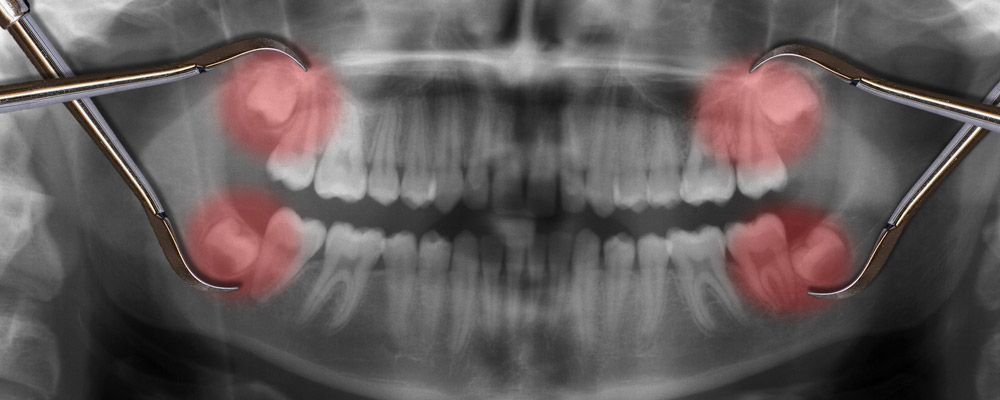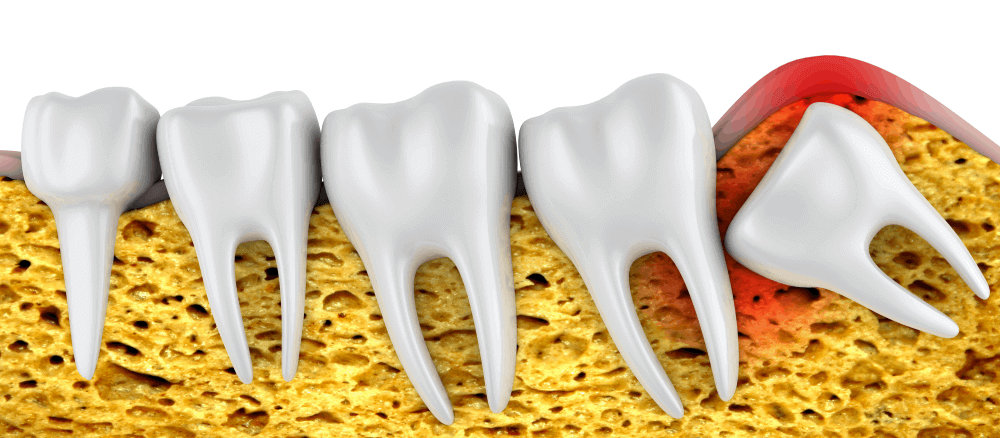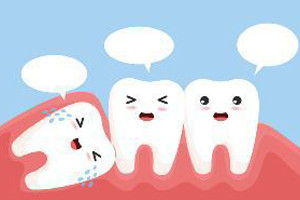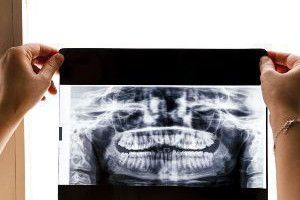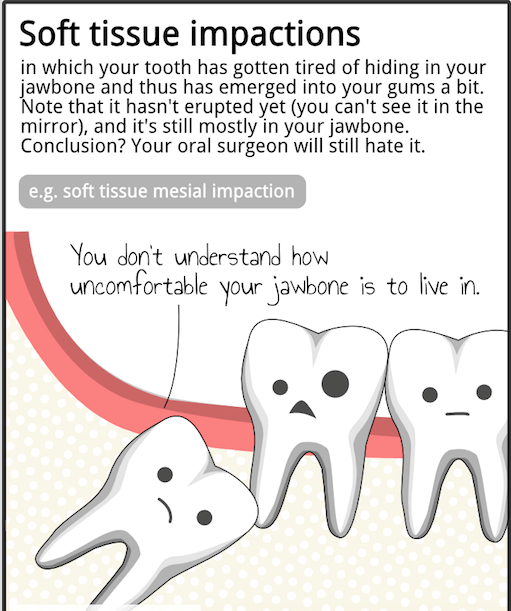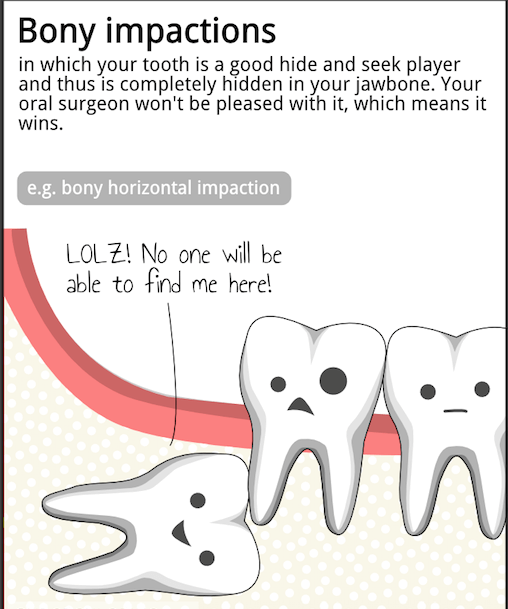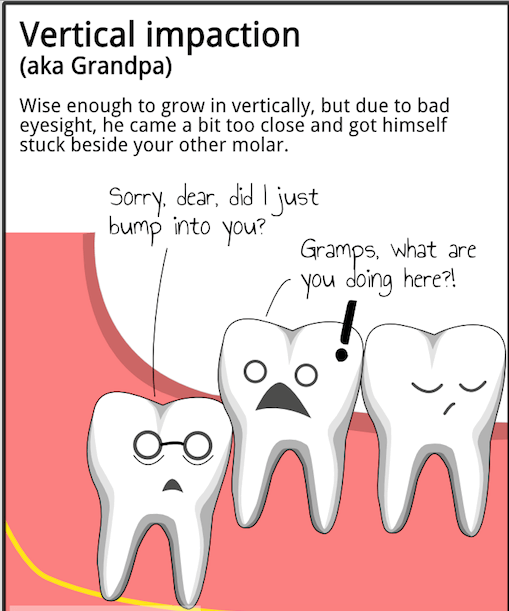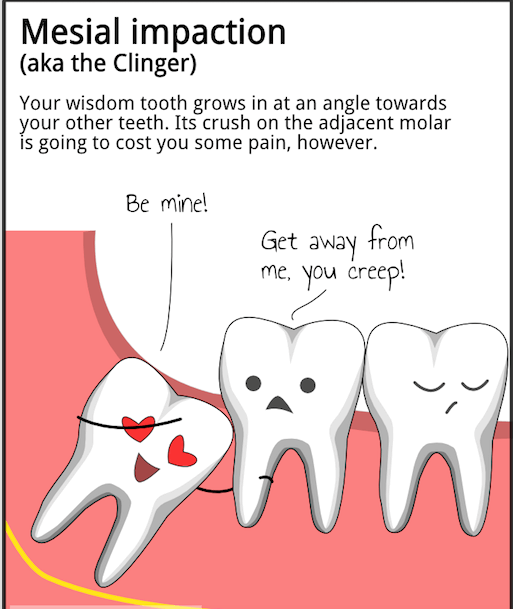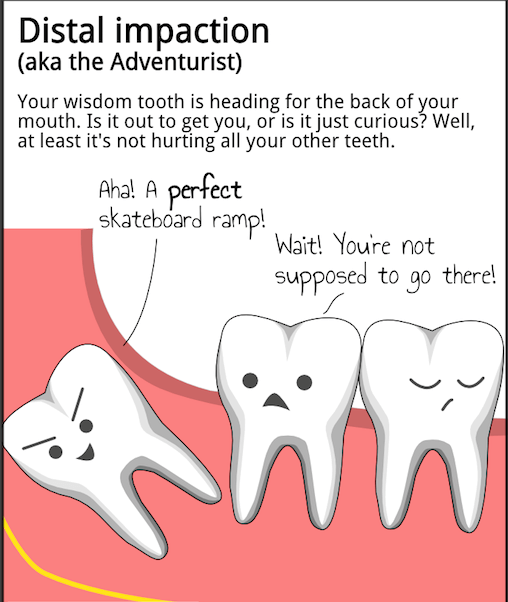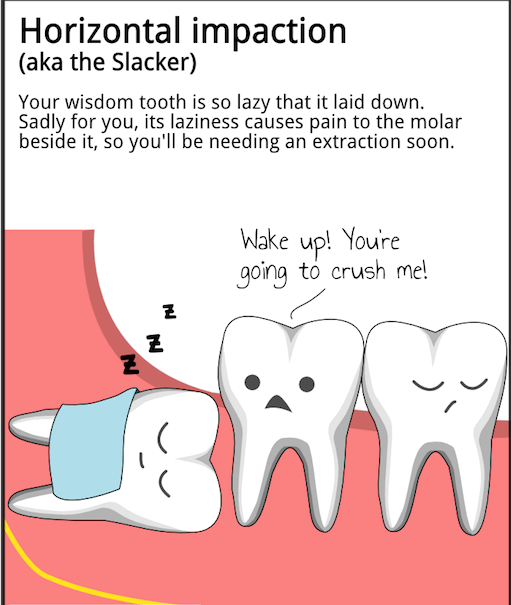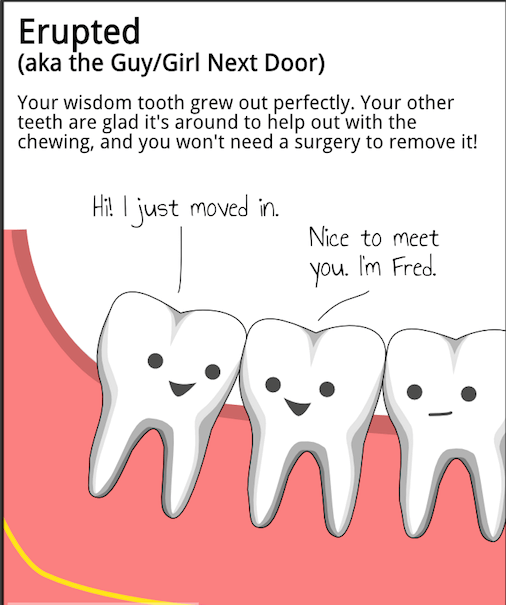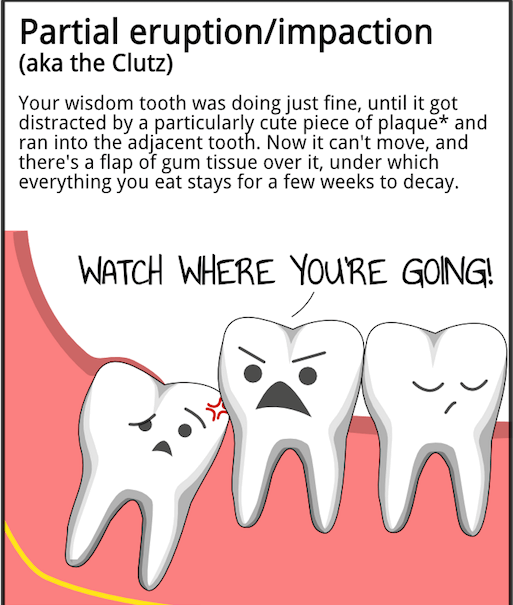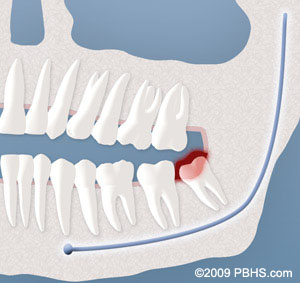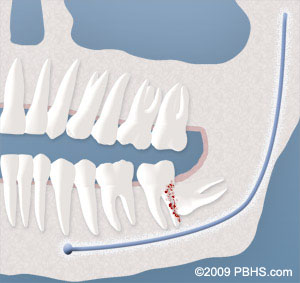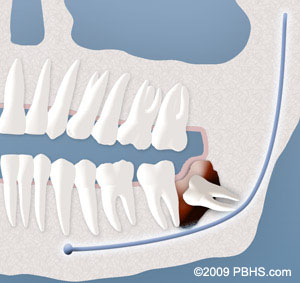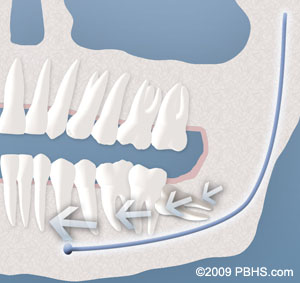Wisdom teeth are considered a part of normal human dentition in situations where they have enough room to erupt properly, without any pain swelling, or other dental problems.
For some people, however, these teeth don’t have enough space to emerge or develop normally, which forces them to grow in all possible directions, toward the next tooth or the back of the mouth, or sometimes even stay trapped within the jawbone. Such wisdom teeth are impacted, and since they are more vulnerable to tooth decay and
gum disease, most dentists recommend their extraction even in cases where painful symptoms have not yet occurred
